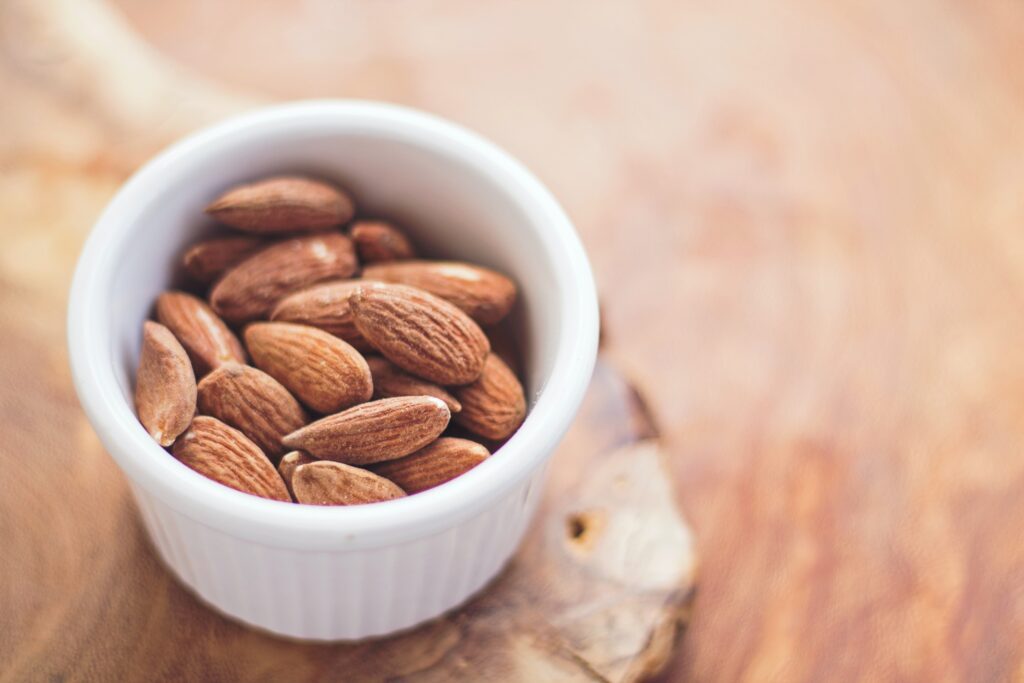When it comes to choosing a food factory in Singapore, there are two main types to consider: B1 and B2. These designations refer to the different types of industrial spaces available for food-related businesses. In this article, we will explore the differences between B1 and B2 food factories in Singapore, including their permitted uses, location restrictions, and other important factors to consider.
Permitted Uses
One of the key differences between B1 and B2 food factories is the range of permitted uses. B1 food factories are primarily meant for light industrial activities, including food processing and packaging. These spaces are suitable for businesses that do not require heavy machinery or generate excessive noise or pollution.
On the other hand, B2 food factories are designed for heavier industrial activities, such as food manufacturing and storage. These spaces are equipped to handle larger-scale operations and may require specialized infrastructure for machinery and equipment.
Location Restrictions
Another important factor to consider when choosing between a B1 and B2 food factory is the location restrictions imposed by the Singapore authorities. B1 food factories are typically located in areas zoned for light industrial activities, such as industrial estates or business parks. These locations are often easily accessible and well-connected to transportation networks.
On the contrary, B2 food factories are usually situated in areas designated for heavier industrial activities, such as industrial zones or specialized industrial parks. These locations may have stricter regulations and may be located further away from residential areas.
Infrastructure and Facilities
The infrastructure and facilities available in B1 and B2 food factories also differ. B1 food factories are generally equipped with basic amenities such as electricity, water supply, and ventilation systems. These spaces may also have shared facilities such as loading bays and common areas.
In contrast, B2 food factories often have more extensive infrastructure to support heavy industrial activities. This may include higher electrical power capacity, specialized exhaust systems, and larger storage spaces. These factories may also have dedicated loading and unloading areas to accommodate larger vehicles.
Cost Considerations
Cost is an important factor to consider when choosing between a B1 and B2 food factory. Generally, B1 food factories tend to have lower rental and operational costs compared to B2 food factories. This is due to the difference in permitted uses and infrastructure requirements.
However, it is essential to assess your business needs and requirements before making a decision based solely on cost. Consider factors such as the scale of your operations, the need for specialized equipment, and the potential for future expansion.
Considerations when choosing B1 Versus B2 Food Factory
Choosing between a B1 and B2 food factory in Singapore requires careful consideration of various factors, including permitted uses, location restrictions, infrastructure, and cost. B1 food factories are suitable for light industrial activities, while B2 food factories cater to heavier industrial operations. Understanding your business needs and requirements will help you make an informed decision that aligns with your goals and objectives.
Whether you choose a B1 or B2 food factory, Singapore offers a conducive environment for food-related businesses, with its robust infrastructure, supportive government policies, and strategic location in the heart of Southeast Asia.
